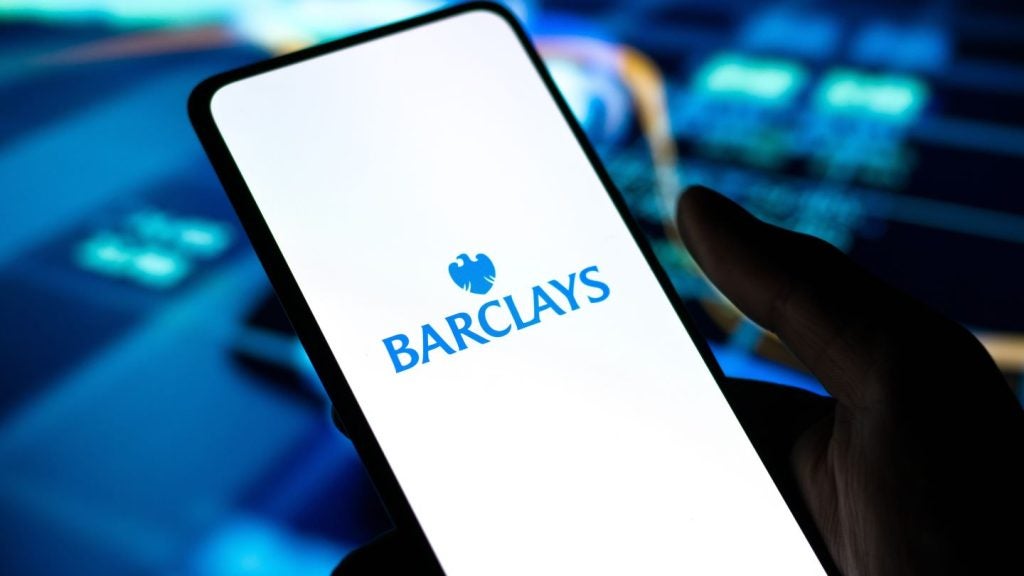With financial services in the midst of the digital revolution, proper links from the physical to the digital world are becoming more important than ever.
Customer expectations are changing as the world of technological possibilities is growing and banks and other providers are focused on keeping up the pace in developing their digital channels. But, while the fintech revolution is marching on, it remains true that the demand for physical financial services is not going to disappear any time soon.
The key in any channel strategy is therefore to carefully balance digital services with physical touchpoints that ensure people are given access to basic services wherever and whenever needed.
Enter the ATM, where in the UK we have a record network with over 70,000 machines in local communities. Worldwide, the number of ATMs is also continuously increasing: while in 2005 The World Bank Group estimated that there were only around 16 ATMs per 100,000 adults, that figure rose to 41 ATMs within just 10 years.
A new partnership between independent ATM operator Cardtronics UK and a digital wallet provider illustrates the advantages of making use of an existing network of physical touchpoints to bridge the physical and the digital worlds. We were approached by innovative digital wallet start-up CashDash, which was looking for a partner with the necessary footprint and infrastructure to make sure its customers could access their funds whenever and wherever needed.
We worked with them to enable the withdrawal of cash from the CashDash digital wallet on 1,000 of our ATMs across London – a key location for CashDash as its service is aimed at foreign visitors who are looking to convert their funds digitally into British Pounds at an attractive exchange rate.
The CashDash example makes the advantages of giving customers access to a physical ATM network clear: foreign visitors to the UK are looking for a reliable way to pay, without having to worry whether the next shop or restaurant will accept their cards or smartwatches.
Enabling withdrawals of the digital funds in cash means flexibility and guaranteed acceptance wherever they go – and the necessary link to make the digital service practical and usable is established.
Not only for tourists, but for all UK consumers, cash continues to be the most important payment method – despite the current technological arms race in the payments industry.
The latest data from UK Finance found that consumers and businesses spent £240bn pounds’ worth of cash through 15.4 billion payments in 2016. This is 25%, or 3.8 billion, more payments than the second most frequently used payment method – debit cards. What’s more, 79% of payments in UK local shops are made in cash, showing the significance of a ready physical cash supply in UK communities for consumers and businesses alike.
Recognising the ongoing necessity of a steady cash supply to local communities will clearly be a vital pillar in any successful financial services strategy for years to come.
For the world of financial institutions in the UK, the question of which physical services should remain a key pillar of their channel strategy is of particular importance as their established physical branch networks are currently undergoing one of the greatest shake-ups in their history: according to data consultancy CACI, only 10,000 bank branches remained in the UK in 2016, with that number expected to half within the next 10 years.
While the average person is predicted to visit their local bank branch only 4 times by 2022, overall customer interaction with banks will increase 54% over the same period of time. This is down to the convenience of automated services, particularly app-based transactions, which are predicted to rise 121% by 2022.
While branch networks need to be reduced, using the established networks of specialist technology providers can be an efficient way for banks to make sure their customers still have access to the local touchpoints they demand. In particular, the increasing use of smartphones, and continued reliance upon cash will increase demand for digital-to-cash and cash-to-digital functionality on ATMs such as we can see in the example of the partnership between CashDash and Cardtronics
Using the ATM as the link to the digital future of financial services means great potential for innovation within the fintech industry – and the guarantee that innovations are practical and can be implemented.
As customers’ digital convenience expectations rise, it will be partnerships between innovators, established FIs and specialist ATM providers that link to the future of financial service and make sure the worlds of digital and physical remain in balance
Paul Taylor is New Product and Innovation Director at independent cash machine operator Cardtronics UK.







